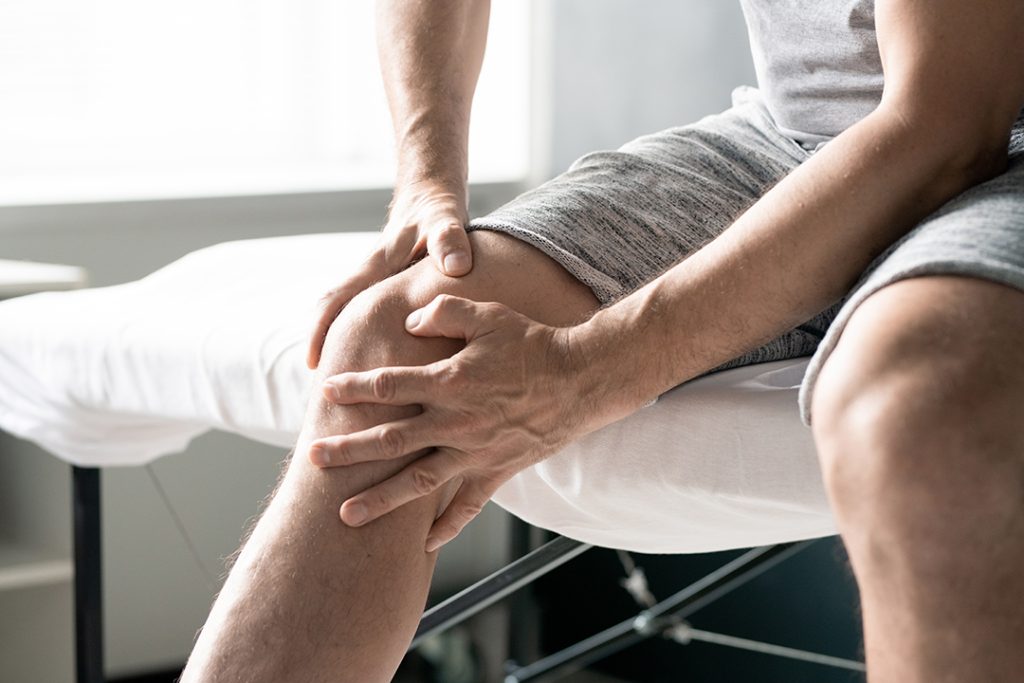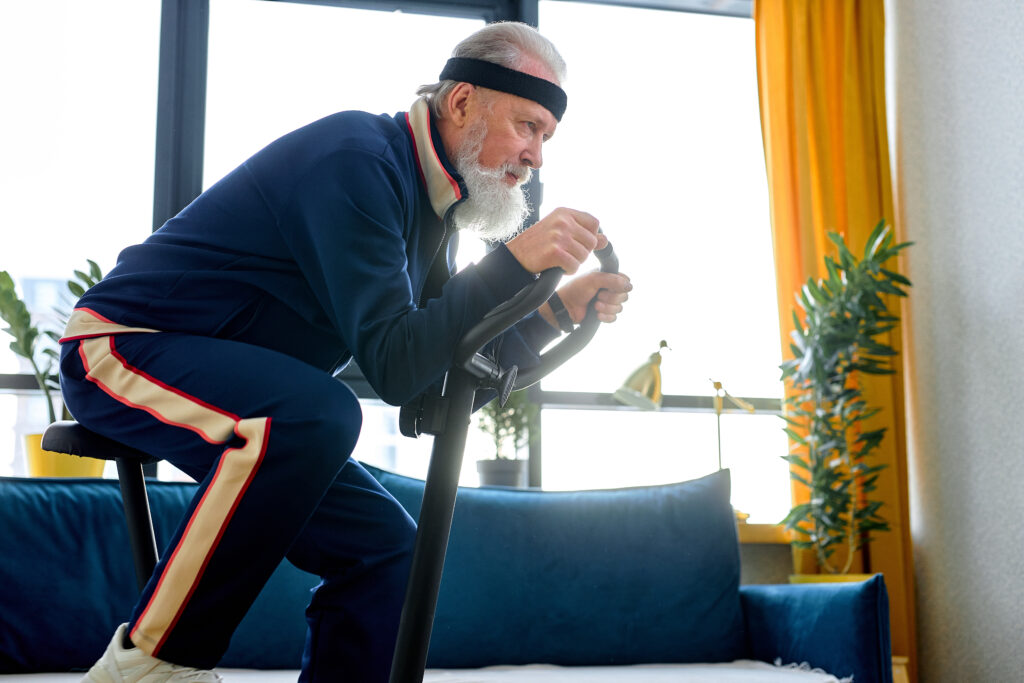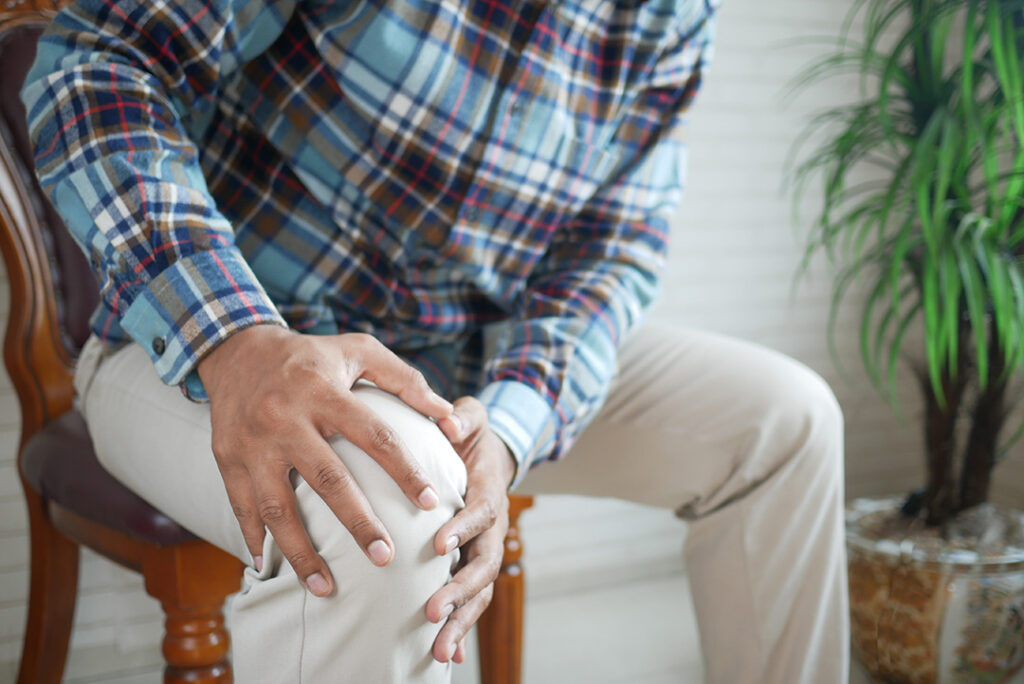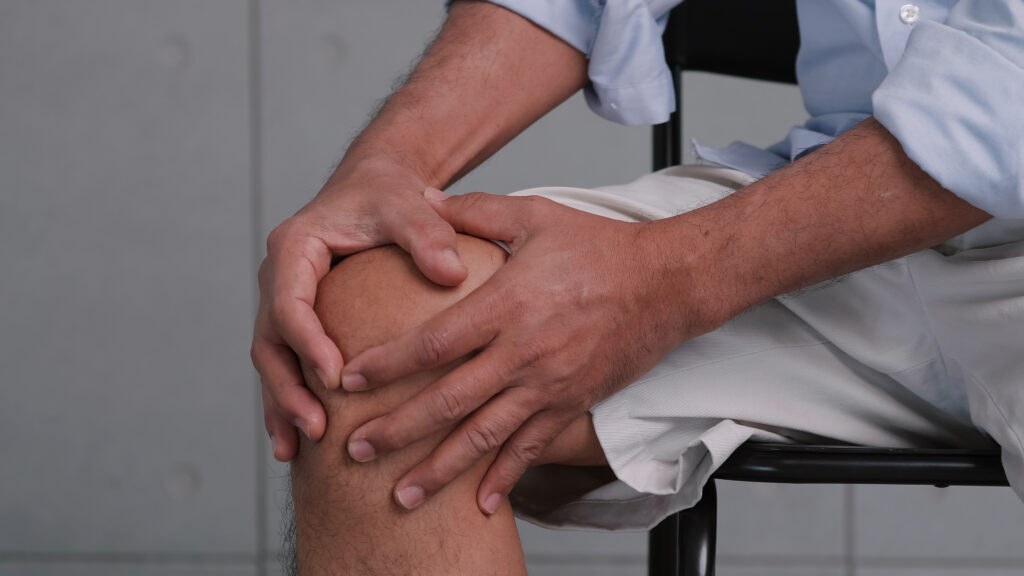Do Loose Bodies Go Away? Understanding Natural Resolution and Treatment Options
Loose bodies in joints — small fragments of bone or cartilage that move freely within the joint space — can cause discomfort, stiffness, and locking sensations that affect mobility. While some fragments may remain stable or even dissolve over time, others may persist and worsen symptoms.
At Dr. Burke Orthopedics, serving Houston, Pearland, and Southeast Texas, we help patients understand whether loose bodies can naturally resolve, how they form, and what treatment options best support joint health and long-term recovery.
What Are Loose Bodies and How Do They Affect the Knee Joint?
Loose bodies develop when fragments of cartilage or bone break away and float freely within the joint cavity.
Common causes include:
- Degenerative changes (such as osteoarthritis)
- Trauma or sports injuries
- Synovial chondromatosis (a rare joint condition)
- Post-surgical changes or fractures
These fragments can restrict motion, irritate joint lining, and cause intermittent pain, swelling, or locking — especially during movement.
Can Loose Bodies Naturally Go Away?
The Body’s Natural Healing Response
In certain cases, small cartilage fragments may be broken down and reabsorbed by natural processes within the synovial fluid, which contains enzymes and immune cells that can degrade microscopic debris.
However, this process is often slow and incomplete — and depends on:
- The size and composition of the loose body
- The location within the joint
- The overall health of the surrounding cartilage and tissues
Larger fragments or those made of calcified bone are less likely to dissolve and may continue to cause irritation.
What Affects Whether Loose Bodies Go Away Naturally?
Several factors influence whether the body can manage loose bodies on its own:
Intrinsic Factors
- Age: Younger patients tend to have better regenerative capacity.
- Joint health: Healthy cartilage and synovial fluid promote repair.
Lifestyle and Activity
- Low-impact exercise supports circulation and lubrication within the joint.
- Excessive strain or repetitive impact can worsen irritation and prevent resolution.
Because outcomes vary widely, medical imaging and periodic evaluations are essential to determine if the body is handling the fragment or if intervention is needed.
When Loose Bodies Don’t Go Away on Their Own
If symptoms persist, non-surgical or surgical treatments may be necessary to restore smooth joint motion and prevent long-term damage.
Non-Surgical Treatment Options
Non-surgical management focuses on reducing pain and inflammation while preserving joint function:
- Rest, Ice, Compression, Elevation (R.I.C.E.) to reduce swelling
- Anti-inflammatory medications (NSAIDs) for pain relief
- Physical therapy to strengthen muscles and support joint stability
- Viscosupplementation (hyaluronic acid) or corticosteroid injections for lubrication and inflammation control
- Regenerative Orthopedic Care such as PRP or Regenerative Cartilage Therapy (performed under FDA-cleared standards) to promote joint healing
💡 Learn More: Regenerative Orthopedic Treatments in Houston ➜
Surgical Removal of Loose Bodies (Arthroscopy)
If fragments cause persistent pain, joint locking, or mechanical obstruction, arthroscopic surgery may be recommended.
This minimally invasive procedure involves:
- Small incisions
- A thin camera (arthroscope)
- Precision tools to remove the loose fragments
Benefits include:
- Short recovery time
- Minimal scarring
- Restoration of smooth, stable joint movement
Post-surgical physical therapy is essential to rebuild strength and maintain mobility.
How Are Loose Bodies Diagnosed?
Accurate diagnosis helps determine whether monitoring or removal is appropriate.
Common imaging methods include:
- X-rays: To detect bone fragments or calcified debris
- MRI: To identify soft tissue and cartilage-based fragments
- CT scans: For 3D imaging in complex cases
- Ultrasound: For real-time visualization of mobile fragments
Symptoms to Watch For
If you suspect you have loose bodies in your joint, look for:
- Clicking, popping, or locking sensations
- Sudden pain during movement
- Swelling or stiffness
- Limited range of motion
- Instability or “catching” in the joint
Persistent or worsening symptoms should be evaluated by an orthopedic specialist to prevent further cartilage wear.
Long-Term Management and Prevention
While some loose bodies remain stable and asymptomatic, others may contribute to joint degeneration if left untreated.
Prevention and long-term care include:
- Maintaining a healthy weight to reduce joint stress
- Performing low-impact exercise (cycling, swimming, walking)
- Using supportive footwear or braces during activity
- Avoiding repetitive high-impact motions
- Periodic orthopedic checkups for early detection of degenerative changes
Frequently Asked Questions
Q: Can loose bodies dissolve naturally?
Yes, very small cartilage fragments may be degraded by enzymes in the joint fluid. However, larger bone fragments typically do not resolve on their own and may require removal.
Q: How long does it take for a loose body to go away naturally?
If self-resolution occurs, it may take several months. Persistent pain or locking indicates the fragment remains active and should be assessed by a doctor.
Q: When should I see an orthopedic specialist?
If you experience ongoing pain, swelling, or limited mobility for more than two weeks, a same-day orthopedic evaluation is recommended.
Q: What is the best treatment for loose bodies?
Minimally invasive arthroscopic removal is the gold standard for symptomatic cases, often restoring full mobility and comfort.
Q: Can physical therapy help?
Yes. Strengthening surrounding muscles improves joint support and may reduce discomfort even if loose fragments remain.
Final Thoughts
While loose bodies can sometimes resolve naturally, persistent symptoms require medical evaluation.
Through early diagnosis, personalized care, and access to modern orthopedic technology like arthroscopy and regenerative orthopedic treatments, patients can regain comfort, confidence, and mobility.
📞 Call (713) 436-3488 or Request an Appointment Online ➜
Serving Houston, Pearland, Friendswood, and Southeast Texas.
Disclaimer
All information on this page is provided for educational purposes only and should not replace professional medical advice.
Dr. Burke Orthopedics provides evidence-based orthopedic and regenerative care performed under FDA-cleared standards and does not advertise or sell biologic or prescription drug products.





